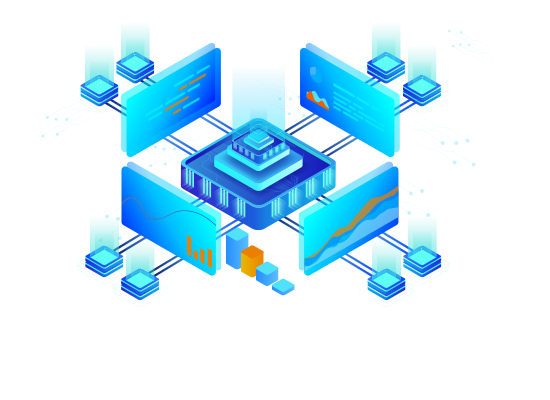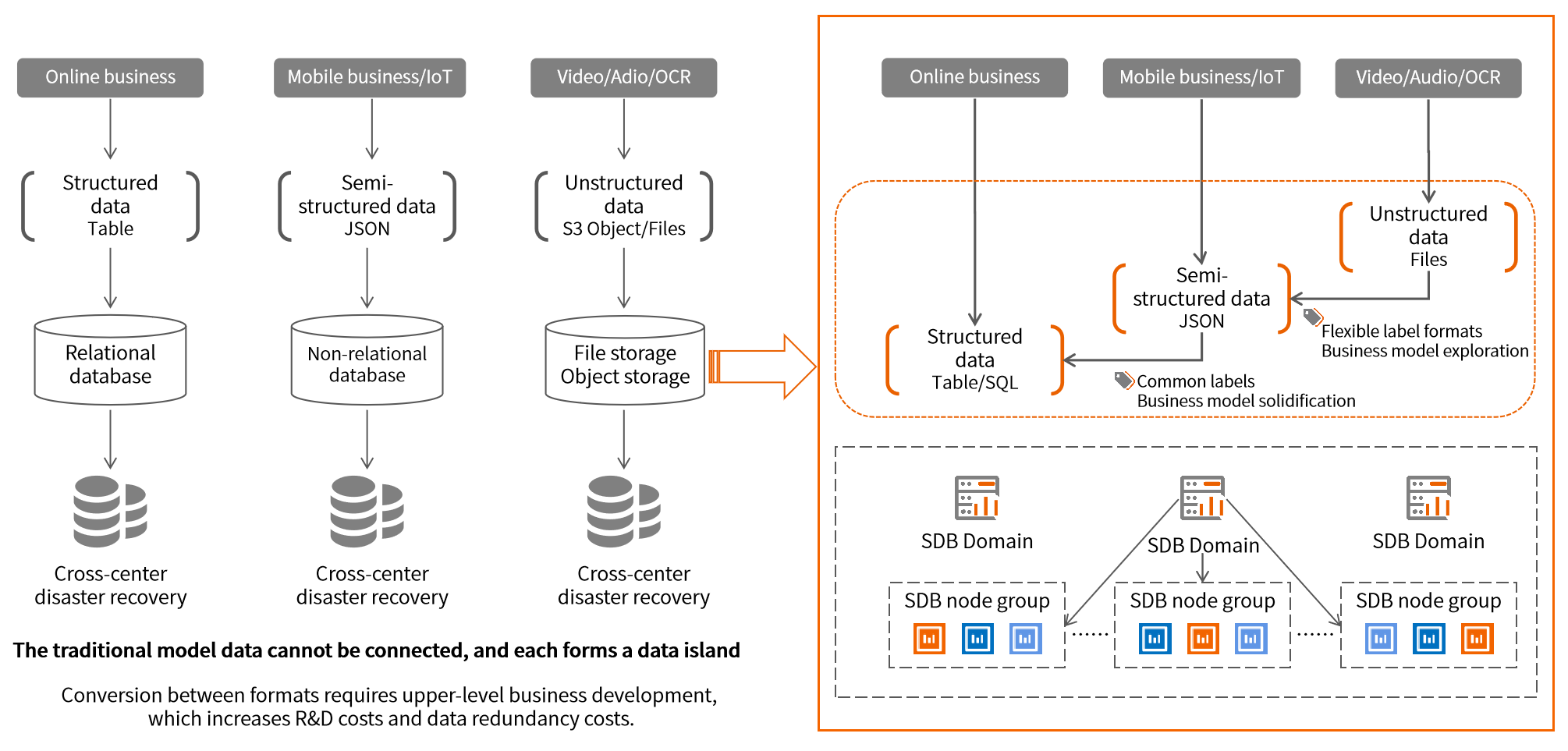
Based on SequoiaDB’s distributed database and combined with the basic content management system of microservice architecture, SequoiaCM is a content data management platform for storing and managing massive unstructured data. It features an application programming interface (API), tag management and retrieval, multilevel caching for heterogeneous storage, etc. It can be used in service scenes of unstructured data governance and content management systems that require ultra-large capacity and elastic scaling. Unified management of unstructured and structured data is achieved because of the adoption of SequoiaCM with both the S3 object interface and SQL API.

Based on SequoiaDB’s 100% self-developed distributed database kernel, SequoiaCM features a unique double-engine technology and a native distributed architecture with separate storage and computing which enables flexibility in unstructured data management and effective data governance to further unleash the potential of data assets and provide valuable information for other businesses.

SequoiaCM has a storing capacity of hundreds of petabytes and supports scaling to an ultra-large capacity to achieve easy and elastic horizontal scaling. It can effectively cope with the explosive growth of enterprise data and can be flexibly applied to enterprises of different scales and different types of data application scenes.

Engine-level
Multi-modality
Compatible with SDB API, S3 object data engine interface
Compatible with SQL server protocol for realizing the unified management of unstructured and structured data
Helping enterprises reduce migration risks and the learning cost of R&D personnel and improve migration efficiency

Can handle data
explosion growth
On-demand online capacity scaling ensures that the full amount of enterprise content data continues to be online
Supporting management by policy partition and multi-zone cache to achieve management efficiency and high processing performance for massive data
Pooling resources at the storage layer to greatly reduce the cost of hardware and O&M with TCO lesser than 2/3 of that of ECM

Data Security &
Disaster Recovery
Unified management of content data and structured metadata with high availability to switch the two types of data reduce the risk
Supporting data authority management to control the access to sensitive data
Supporting object data version control, version reversion is always allowed to prevent accidental data loss
